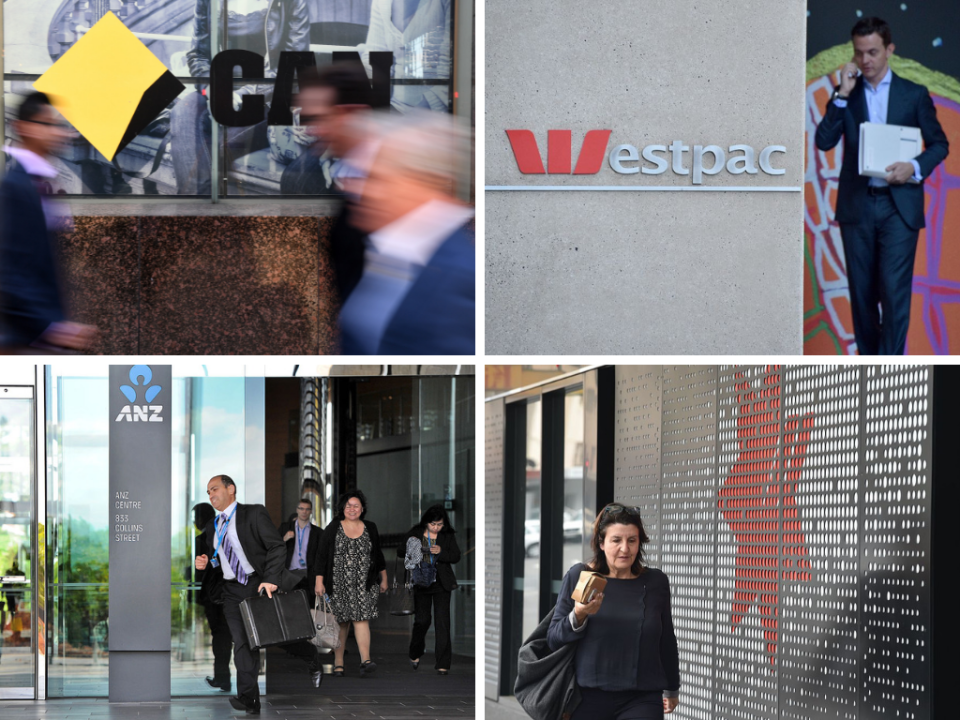This is how banks can help save the economy

As Australia heads toward a nationwide lockdown, policy makers continue to enact new emergency measures to help buffer the domestic economy.
Over the weekend, Prime Minister Scott Morrison unveiled another $66 billion of federal funding, as the government dials up its efforts to protect small business.
Under the new measures, all small to medium enterprises (SMEs) — which employ more than 7 million Australians — will be eligible for a refund on PAYG tax withheld as part of payments to employees.
The refund will be set at a minimum of $20,000 up to a max of $100,000, a significant increase from the $25,000 payment outlined in the initial $17.6 billion stimulus package.
While the fiscal stimulus ramps up, the weekend announcement followed an unprecedented monetary policy announcement from the RBA last week, including the first instance of quantitative easing (buying government bonds) and an emergency $90 billion funding facility to foster loans to small businesses.
And rounding out the coordinated response, bank regulator APRA dialled back its criteria for banks to meet “unquestionably strong” capital requirements in order to free up lending channels.
Speaking of banks, on Friday the UBS banking team highlighted some further measures Australia’s major lenders could adopt, to do their part in “saving the economy” from what will be a historically sharp downturn.
The suggestions include measures to free up capital on the consumer demand side, in addition to cost-saving initiatives for small business.
One option is to move all mortgagors in Australia to interest-only (IO) lending terms “on an opt-out basis”, UBS said.
The analysts noted that with rates at record lows, around half of all mortgage-holders in Australia are paying down both principal and interest.
To make it work, all banks could offer a 12-month IO period and then extend the terms of each loan for an additional year.
“If all Australian mortgage repayments were automatically adjusted to an IO basis, we estimate this would free up around $80 billion per year to Australian households,” UBS said.
The analysts also said the banks could get more aggressive in supporting small businesses, following last week’s announcement that all interest payable on SME loans will now be deferrable for up to six months.
Another option: allow all SMEs who weren’t in arrears as at December 31 to enlarge the size of their lending facility by up to three or four times, at a low interest rate (say 0.25 per cent).
The top-ups would be funded by the RBA’s $90 billion emergency facility and be repaid over a period of five to 10 years, with the residual to be written off.
To free up all that lending, UBS suggested APRA could also step in to “temporarily reduce” buffers used in the calculation of risk weighted assets (RWA), which in turn form part of the CET1 capital requirement ratio.
For example, back in 2015 APRA enforced a ruling that Aussie banks had to increase the risk-weighting of their mortgage books back up to 25 per cent (it had fallen into the mid-teens).
Such a move would help to “release capital without impacting banks’ stated CET1”, the analysts said.
“We also believe if major banks announced they would be prepared to waive covenants for corporates and extend facilities wherever possible, it would help increase confidence in the markets and improve job security for many employees.”
For more articles like this, please visit us at Stockhead.com.au. Subscribe now to stay ahead with the latest stock news and insights.
Make your money work with Yahoo Finance’s daily newsletter. Sign up here and stay on top of the latest money, news and tech news.
Follow Yahoo Finance Australia on Facebook, Twitter, Instagram and LinkedIn.

 Yahoo Finance
Yahoo Finance